MES Components: Reporting and Analytics
In today’s data-driven manufacturing environment, Reporting and Analytics is a critical component of Manufacturing Execution Systems (MES). It empowers manufacturers to make informed decisions by providing real-time insights into production performance, efficiency, and quality. By leveraging Reporting and Analytics in MES, businesses can identify bottlenecks, optimize processes, and achieve continuous improvement.
What is Reporting and Analytics in MES?
Reporting and Analytics in MES involves the collection, processing, and visualization of production data to support decision-making. It covers:
- Real-Time Reporting: Provides live updates on key performance indicators (KPIs) like throughput, downtime, and yield.
- Historical Analytics: Analyzes past production data to identify trends and patterns.
- Predictive Analytics: Uses machine learning and AI to forecast potential issues and opportunities.
By converting raw data into actionable insights, this component ensures manufacturers stay agile and competitive.
Key Features of Reporting and Analytics in MES
1. Real-Time Dashboards
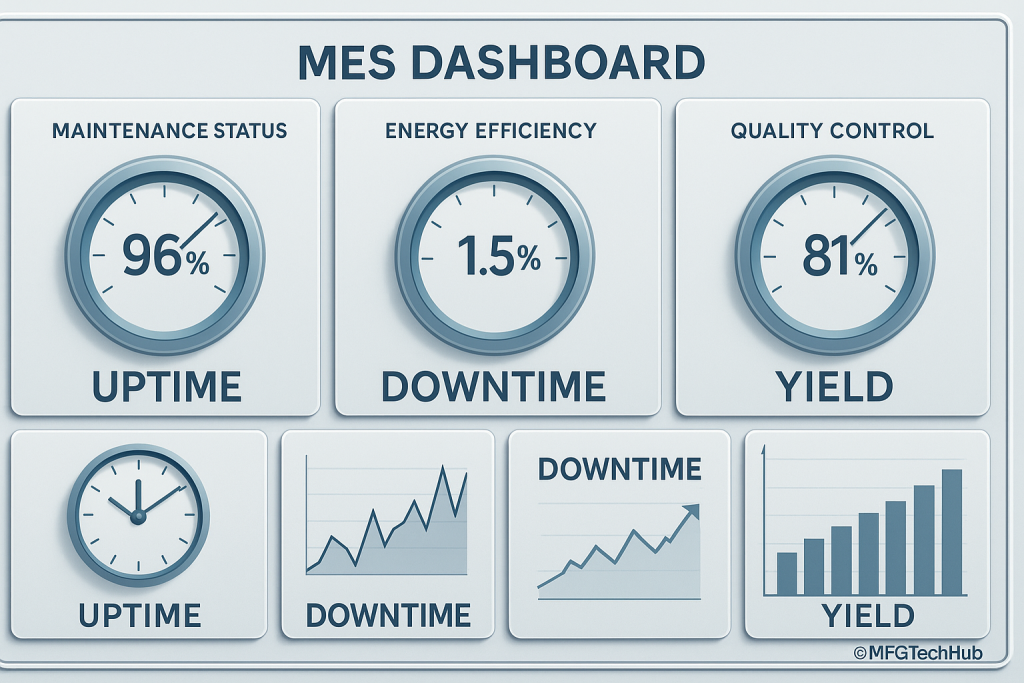
- Benefits: Enables immediate action on critical issues and enhances operational visibility.
- Example: Dashboard showing real-time status of assembly lines.
2. Customizable Reports
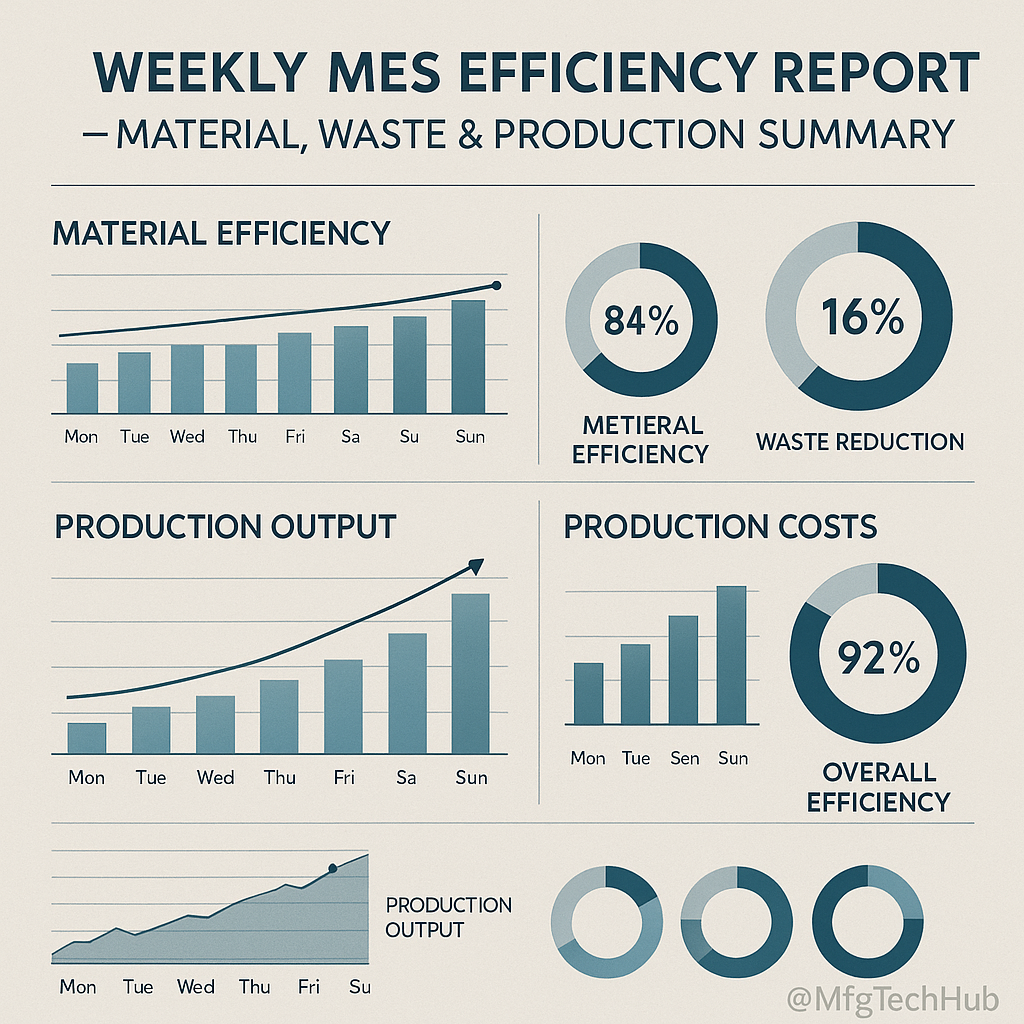
- Benefits: Offers tailored insights for different roles and reduces manual effort.
- Example: Weekly summaries of production efficiency and material usage.
3. KPI Tracking
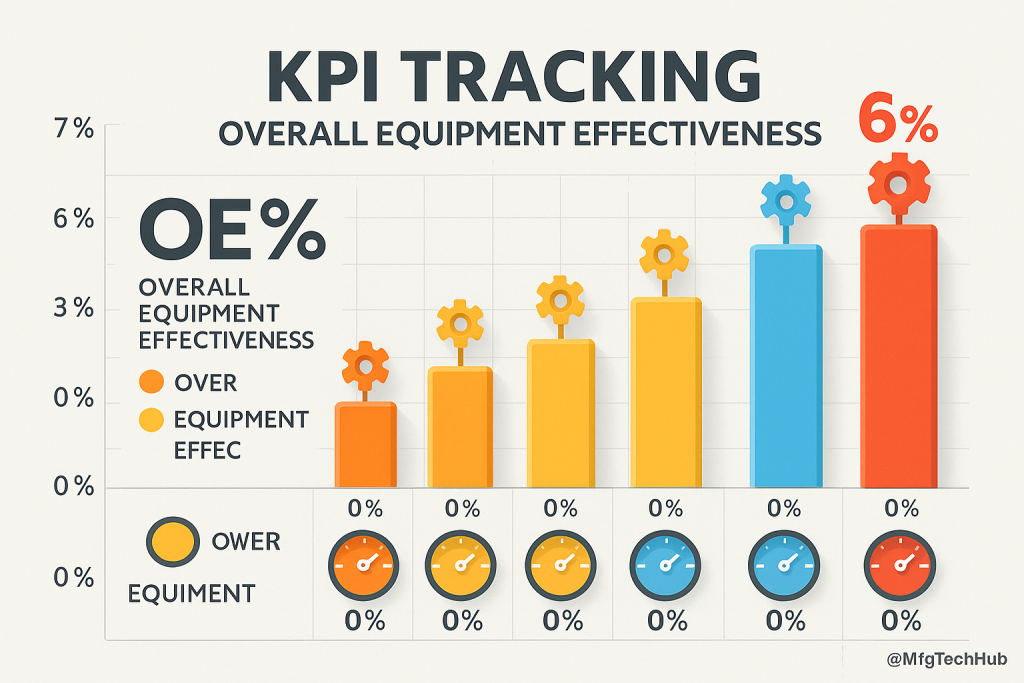
- Benefits: Aligns operations with strategic goals and benchmarks performance.
4. Trend Analysis
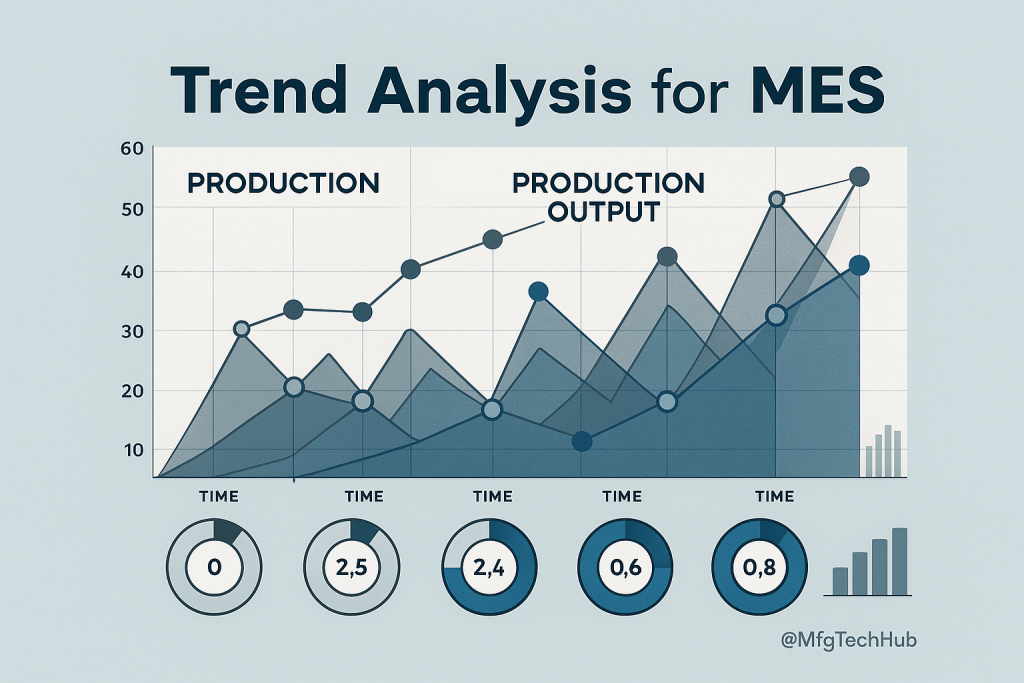
5. Root Cause Analysis
Pinpoints the causes of inefficiencies or quality problems.
- Benefits: Helps implement corrective measures and prevent recurrences.
- Example: Diagnosing repeated machine failures due to maintenance issues.
6. Predictive Analytics
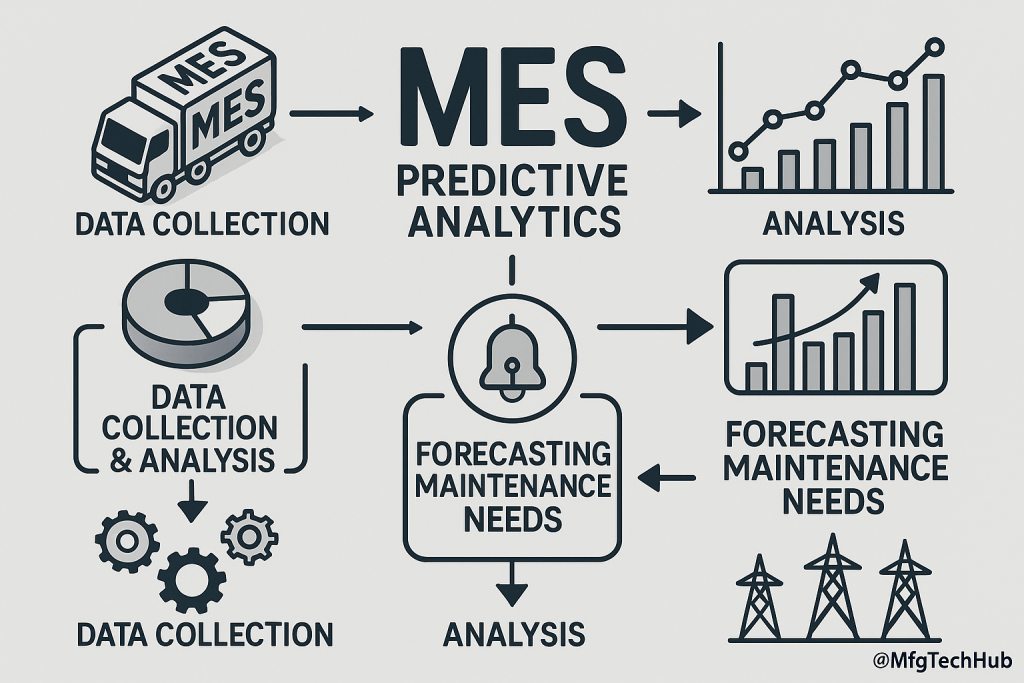
- Benefits: Reduces downtime and improves resource efficiency.
- Example: Forecasting machine part failures from sensor data.
7. Role-Based Access
Allows different levels of report and dashboard access based on roles.
- Benefits: Ensures data security and relevance by role.
- Example: Operators view equipment-specific metrics while managers see global KPIs.
Benefits of Reporting and Analytics in MES
- Enhanced Decision-Making: Supports fast, data-backed decisions.
- Increased Transparency: Improves process visibility and team accountability.
- Improved Efficiency: Identifies real-time bottlenecks for process optimization.
- Cost Savings: Reduces waste and downtime through analytics-driven insights.
- Regulatory Compliance: Simplifies audits and supports quality standards.
Challenges in Implementing Reporting and Analytics in MES
- Data Overload: Too much data can obscure critical insights.
- Integration Issues: Requires MES to connect with systems like ERP or SCADA.
- User Training: Teams need upskilling to interpret and use data effectively.
- Initial Costs: Advanced analytics solutions may have high upfront investments.
Real-Life Example: Automotive Industry
An automotive manufacturer employs MES Reporting and Analytics to:
- Monitor OEE, cycle times, and scrap rates in real time
- Identify causes behind recurring paint defects
- Use trend analysis to prepare for seasonal demand spikes
This implementation improved quality, minimized downtime, and enhanced delivery timelines.
